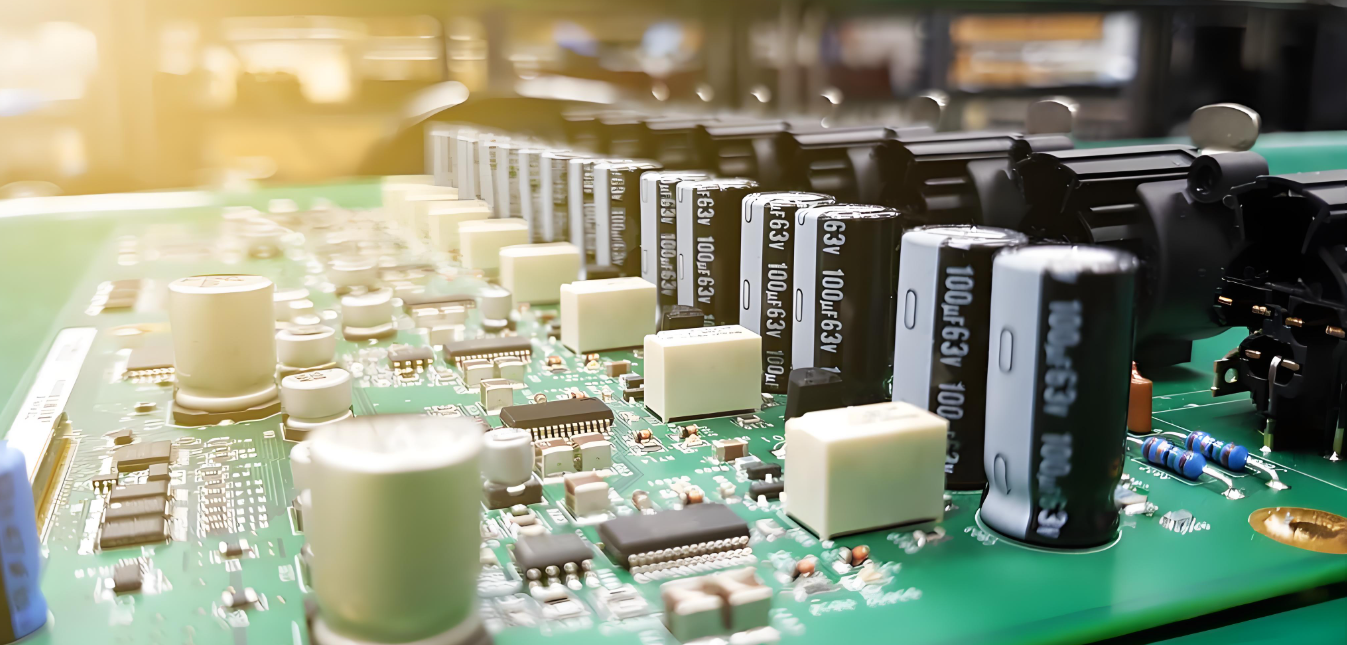
PCBA: A comprehensive analysis from concept to application
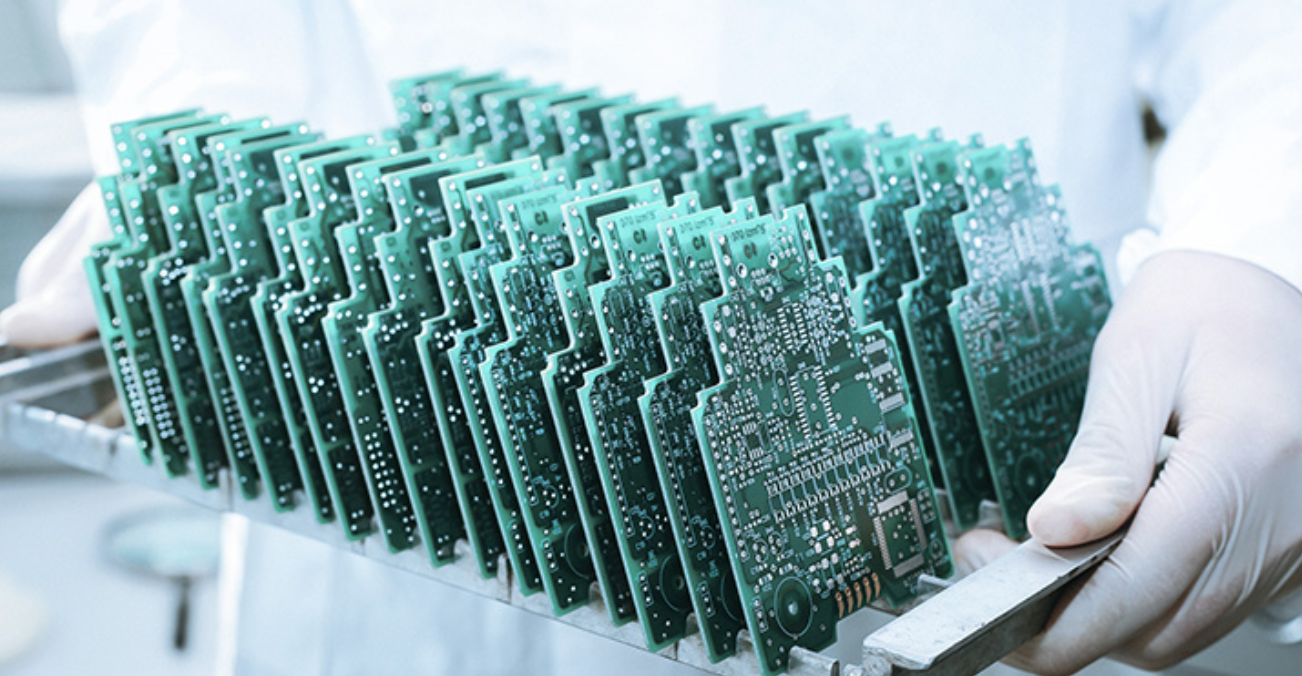
Table of Contents
What is PCBA?
Manufacturing process of PCBA
Key technologies of PCBA
Application fields of PCBA
Quality control of PCBA
Future development trend of PCBA
How to choose a PCBA supplier?
FAQ
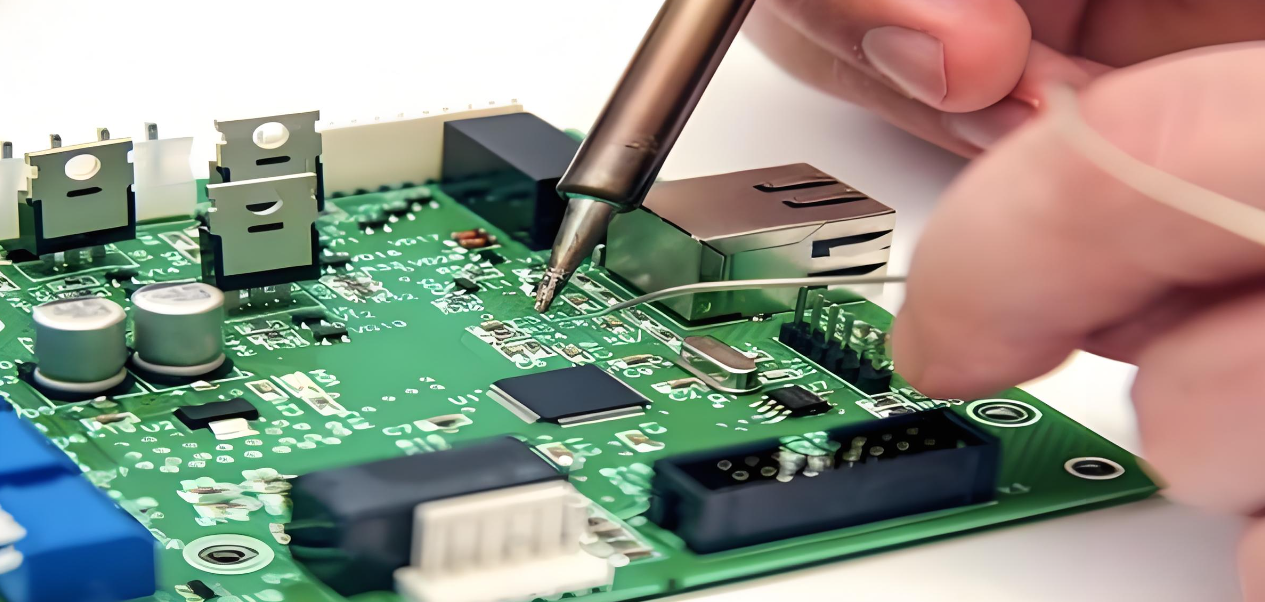
1. What is PCBA?
PCBA (Printed Circuit Board Assembly) refers to the process of soldering electronic components to a printed circuit board (PCB) to form a complete electronic circuit module. PCBA is a core component of modern electronic equipment and is widely used in consumer electronics, industrial control, instrumentation, security electronics, communication equipment, medical equipment, automotive electronics, power appliances and other fields.
1.1 Difference between PCBA and PCB
PCB: Printed circuit board is the carrier of electronic components, providing electrical connection and mechanical support. PCB itself does not have any function, it is just a platform for carrying electronic components.
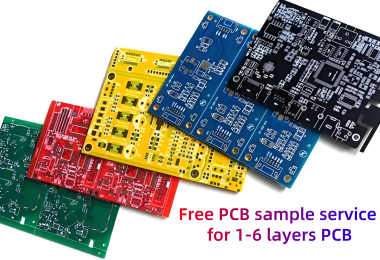
PCBA: Based on PCB, electronic components are assembled on PCB through welding and other processes to form a functionally complete electronic module. PCBA is the core of electronic equipment and determines the function and performance of the equipment.
1.2 Importance of PCBA
PCBA is the core component of electronic equipment, and its quality directly affects the performance, reliability and life of the equipment. Whether it is a smartphone, home appliance, industrial control equipment or medical instrument, PCBA plays an indispensable role. With the intelligence and miniaturization of electronic equipment, the design and manufacturing technology of PCBA is also constantly improving.
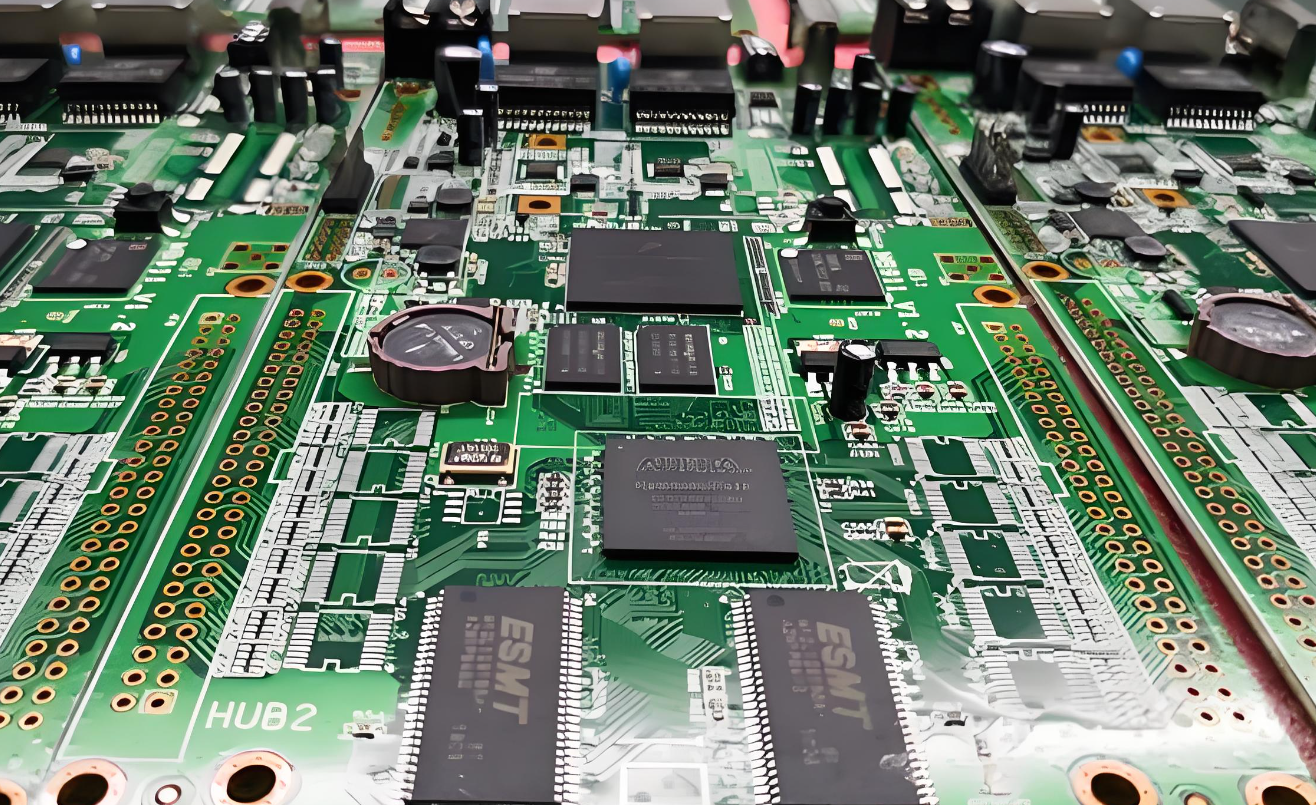
2. PCBA manufacturing process
The manufacturing process of PCBA is a complex and precise process, which usually includes the following steps:
2.1 Component procurement
Component selection: Select appropriate electronic components according to design requirements, including resistors, capacitors, integrated circuits, connectors, etc.

Supplier management: Ensure the quality and supply cycle of components to avoid production delays or quality problems caused by component problems.
2.2 PCB manufacturing
Design verification: Circuit design verification is performed through EDA software to ensure the feasibility and manufacturability of the design.
PCB production: Including substrate production, graphic transfer, etching, drilling, electroplating and other processes, and finally forming a PCB with electrical connection function.
2.3 Component Mounting
SMT (Surface Mount Technology): Surface mount components (SMD) are accurately mounted on the PCB through a placement machine. SMT technology is suitable for small, high-density components.
THT (Through Hole Technology): Through-hole components are mounted on the PCB through a placement process. THT technology is suitable for components with high power and high reliability requirements.
2.4 Soldering
Reflow soldering: Used for soldering of SMT components, heating to melt the solder paste to form a reliable electrical connection.
Wave soldering: Used for soldering of THT components, using a wave soldering machine to cover the solder wave to the soldering surface of the PCB to complete the soldering.
2.5 Inspection and Testing
AOI (Automatic Optical Inspection): Use optical inspection equipment to detect welding quality and component position to ensure the accuracy and reliability of welding.
ICT (In-circuit Testing): Use online testing equipment to test the function and performance of the circuit to ensure that the electrical performance of the PCBA meets the design requirements.
Functional test: simulate the actual working environment, verify the function and performance of PCBA, and ensure its reliability in actual application.
2.6 Cleaning and protection
Cleaning: remove welding residues to improve the reliability and life of PCBA. Common cleaning methods include water washing and solvent cleaning.
Protection: apply three-proof paint (moisture-proof, dust-proof, and corrosion-proof) to prevent environmental factors from damaging PCBA and improve its environmental adaptability.
3. Key technologies of PCBA
3.1 SMT technology
High-precision mounting: SMT technology can realize precise mounting of tiny components, and is suitable for high-density and miniaturized electronic devices.
High-speed production: SMT production lines can realize high-speed and automated production, improve production efficiency, and reduce production costs.
3.2 THT technology
High reliability: THT technology is suitable for components with high power and high reliability requirements, with high welding strength, and is suitable for harsh environments.
Wide range of applications: THT technology can be used for various types of electronic components, especially for application scenarios requiring high mechanical strength.
3.3 Soldering technology
Reflow soldering: Suitable for SMT components, with high welding quality and uniform solder joints, suitable for high-density and miniaturized PCBA.
Wave soldering: Suitable for THT components, with high welding efficiency, and suitable for mass production.
3.4 Detection technology
AOI: Automatic optical inspection technology can quickly and accurately detect welding quality and component position, reducing labor costs.
ICT: Online testing technology can comprehensively test the electrical performance of PCBA to ensure that its functions and performance meet the design requirements.
4. Application fields of PCBA
4.1 Consumer electronics
Smartphones: PCBA is the core component of smart phones, responsible for processing signals, storing data, controlling display and other functions.
Household appliances: such as TVs, refrigerators, washing machines, etc., PCBA is used to control the operation and function of the equipment.
Wearable devices: such as smart watches, fitness trackers, etc., PCBA realizes data acquisition and transmission functions.
4.2 Industrial control
PLC (Programmable Logic Controller): PCBA is used for industrial automation control to realize the automatic operation of production lines.
Industrial robots: PCBA is used to control the movement and operation of robots to improve production efficiency and accuracy.
Intelligent warehousing system: PCBA is used for the control and management of automated warehousing equipment.
4.3 Medical equipment
Medical imaging equipment: such as CT, MRI, etc., PCBA is used to process image signals and control equipment operation.
Monitoring equipment: such as electrocardiographs, blood pressure monitors, etc., PCBA is used to collect and process physiological signals.
Surgical robots: PCBA is used for the control and operation of high-precision surgical equipment.
4.4 Automotive electronics
In-vehicle entertainment systems: such as navigation, audio, etc., PCBA is used to process audio and video signals.
Engine control unit (ECU): PCBA is used to control the operation of the engine and improve fuel efficiency and emission performance.
ADAS (Advanced Driver Assistance System): PCBA is used for sensor data processing and vehicle control.
4.5 Communication equipment
5G base station: PCBA is used for signal processing and transmission, supporting high-speed communication.
Fiber optic communication equipment: PCBA is used for optical signal conversion and data processing.
Satellite communication equipment: PCBA is used for signal reception and transmission.
4.6 Security electronics
Surveillance cameras: PCBA is used for image acquisition and processing.
Access control system: PCBA is used for identity recognition and access control.
Alarm system: PCBA is used for signal detection and alarm triggering.
4.7 Power supply appliances
Switching power supply: PCBA is used for power conversion and voltage regulation control.
Inverter: PCBA is used for the conversion of DC to AC.
Charging pile: PCBA is used for charging control of electric vehicles.
4.8 Aerospace
In the aerospace field, high-frequency circuit boards are used in key components such as satellite communications, navigation systems, and flight control systems due to their light weight and high performance. These applications have extremely high requirements for circuit boards, ensuring the reliability and performance of the equipment.
4.9 Smart Grid
Smart grid is a deep integration of traditional power grids and modern information technology, with four major characteristics: self-healing, interaction, optimization, and compatibility. PCBA manufacturing services play an important role in smart grids. From smart meters, circuit breakers, inverters to various sensors and controllers, these key devices in smart grids cannot be separated from high-quality PCBA manufacturing.
4.10 Internet of Things
PCBA boards are responsible for connecting sensors, microcontrollers, communication modules and other components in the Internet of Things to realize data collection, processing, transmission and intelligent control of equipment. In the fields of the Internet of Things such as smart homes and smart transportation, PCBA is a key component for realizing device interconnection and function realization.

5. Quality control of PCBA
5.1 Design stage
DFM (Design for Manufacturability): Ensure that the design meets the requirements of the manufacturing process and reduce problems in the manufacturing process.
DFT (Design for Testability): Ensure that the design is easy to test and detect, and improve test efficiency and coverage.
5.2 Manufacturing stage
Process control: Strictly control each manufacturing link to ensure quality. Including raw material inspection, process parameter control, process monitoring, etc.
Quality inspection: Quality inspection through AOI, ICT and other means to ensure the welding quality and electrical performance of PCBA.
5.3 After-sales service
Quality traceability: Establish a quality traceability system to facilitate problem troubleshooting and resolution.
Customer feedback: Handle customer feedback in a timely manner and continuously improve product quality.
6. Future development trends of PCBA
6.1 High-density integration
Miniaturization: The size of components and PCBs is getting smaller and smaller, and the integration of PCBA is constantly improving.
High integration: More functions are integrated in a smaller space to meet the needs of miniaturization of electronic equipment.
6.2 Intelligent Manufacturing
Industry 4.0: Improve production efficiency and product quality through intelligent manufacturing, and realize automation and intelligence of the production process.
AI technology: Apply AI technology for quality inspection and process control to improve production efficiency and product quality.
6.3 Green Manufacturing
Environmentally friendly materials: Use environmentally friendly materials to reduce the impact on the environment.
Energy saving and emission reduction: Optimize manufacturing processes, reduce energy consumption and emissions, and achieve green manufacturing.
7. How to choose a PCBA supplier?
7.1 Technical capabilities
Manufacturing process: Does the supplier have advanced manufacturing processes and can it meet the production requirements of high precision and high complexity.
Testing equipment: Is the supplier equipped with advanced testing equipment to ensure product quality.
7.2 Quality management
Certification system: Whether the supplier has passed ISO9001 and other quality management system certifications to ensure the improvement of the quality management system.
Quality control: Does the supplier have a strict quality control process to ensure product quality.
7.3 Service capabilities
Delivery cycle: Whether the supplier can deliver on time to ensure the smooth progress of the production plan.
After-sales service: Does the supplier provide perfect after-sales service and solve customer problems in time?
8. FAQ
8.1 How long is the manufacturing cycle of PCBA?
A: The manufacturing cycle depends on the complexity of PCBA and the order quantity, usually 2-4 weeks.
8.2 What is the minimum order quantity of PCBA?
A: The minimum order quantity varies from supplier to supplier, usually 10-500 pieces.
8.3 How is the price of PCBA calculated?
A: The price is calculated based on factors such as the number of layers of PCB, the type and quantity of components, and the manufacturing process.
8.4 How is the reliability of PCBA guaranteed?
A: The reliability of PCBA is ensured through strict quality control processes and advanced testing equipment.
8.5 What are the environmental protection requirements of PCBA?
A: PCBA must comply with environmental protection requirements such as RoHS and REACH to ensure that no harmful substances are used.

As one of the core components of electronic products, the production technology and development trend of PCBA circuit boards are of great significance to the development of the entire electronics industry. Faced with challenges such as rapid technological iteration, cost control pressure, quality control difficulties and supply chain risks, PCBA manufacturers need to continue to innovate and improve to meet market demand and maintain competitive advantages. Through continuous technological progress and industry cooperation, PCBA will continue to play a key role in the field of electronic manufacturing and promote the electronics industry to develop in a smarter, greener and safer direction.
In the field of electronic manufacturing, XDCPCBA is an influential professional PCB manufacturer and PCBA processing manufacturer. We adhere to the persistent pursuit of quality, rely on deep technical accumulation and rich industry experience, and provide high-quality circuit boards and assembly services for multiple industries such as instrumentation, industrial control, communication equipment, automotive electronics, medical electronics, security monitoring, power appliances and consumer electronics. Whether it is complex and precise instrumentation, automotive electronics related to travel safety, or medical electronics that protect life and health, our products are integrated with excellent performance, injecting strong impetus into the development of various industries.
In the PCB manufacturing sector, XDCPCBA's strength is fully demonstrated. We can provide a full range of manufacturing services from 2 to 30 layers. Whether the customer's needs are simple or complex, we can accurately meet them. What's more worth mentioning is that in order to help customers accelerate the product development process and reduce the initial R&D costs, we have specially launched a 2-6 layer PCB free proofing service, so that customers can have no worries at the critical stage of product development, quickly verify the design ideas, and seize the market opportunity.
XDCPCBA also performs well in the component procurement process. We have built a large and high-quality component supply network by relying on the solid and long-term cooperative relationships we have established with many high-quality suppliers over the years. This advantage enables us to provide customers with high-quality and low-cost components, guarantee product quality from the source, ensure that customers' production needs are met efficiently and stably, effectively control production costs, and enhance product competitiveness.
XDCPCBA also provides one-stop PCB assembly services, from PCB manufacturing, component procurement to assembly testing, the whole process is seamlessly connected, and each production link strictly follows customer requirements and industry standards. Our assembly team is composed of experienced professionals and equipped with advanced technical equipment. It can provide customers with efficient and reliable assembly services with a high degree of professionalism and precision, and ensure the consistency and stability of products.

XDCPCBA always adheres to the concept of quality first, and is committed to providing customers with high-quality PCB manufacturing and PCBA processing services, helping customers stand out in the fiercely competitive market and achieve long-term development. We sincerely look forward to working with you to give full play to our respective advantages, jointly explore and innovate, and create a more brilliant future in the field of electronic manufacturing.



















